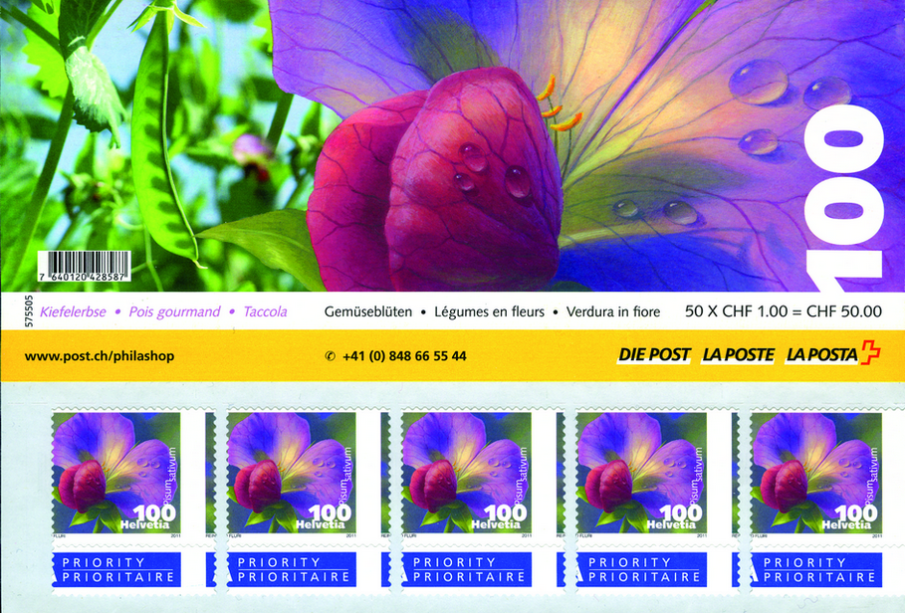Understanding Koy vs Wan: A Comprehensive Analysis

Introduction
The ongoing debate between Koy and Wan has garnered significant attention in recent months, particularly among investors and market analysts. As two contrasting concepts in the realm of finance and technology, their implications have far-reaching consequences on investment strategies and market dynamics.
What is Koy?
Koy, a relatively new term in financial discussions, refers to sophisticated trading strategies that leverage advanced algorithms for high-frequency trading. The method utilizes artificial intelligence and data analytics to make predictive models that maximize trading profits. Analysts have noted a surge in the adoption of Koy strategies as markets become increasingly complex and competitive.
What is Wan?
On the other hand, Wan represents traditional investment strategies that rely more on human intuition and historical data analysis. Investors utilizing Wan methods often focus on long-term sustainability over short-term gains. This approach values fundamental analysis, market trends, and reputation, closely monitoring economic indicators and corporate governance.
Current Events and Trends
As of October 2023, numerous discussions are emerging around the effectiveness and ethical considerations surrounding Koy’s rise in popularity. Critics argue that high-frequency trading can lead to market volatility and potentially harmful consequences during economic downturns. Meanwhile, Wan advocates stress the reliability of traditional investment strategies that promote stability and gradual growth.
Recent reports have highlighted instances where Koy strategies outperformed traditional methods, especially in volatile market conditions. However, many experts caution against completely abandoning Wan approaches, noting that a hybrid strategy could offer a balanced perspective on investment opportunities.
Conclusion
The conversation surrounding Koy vs Wan is far from over, with both approaches presenting unique advantages and limitations. As markets evolve and new technologies emerge, it is likely that the debate will highlight the necessity of integrating modern strategies with tried-and-true methods. For investors and market participants, understanding the nuances of both Koy and Wan is crucial for making informed decisions in this rapidly changing landscape. Looking ahead, a blended investment strategy that capitalizes on the strengths of both could pave the way for increased resilience and adaptive capacity in the financial markets.









